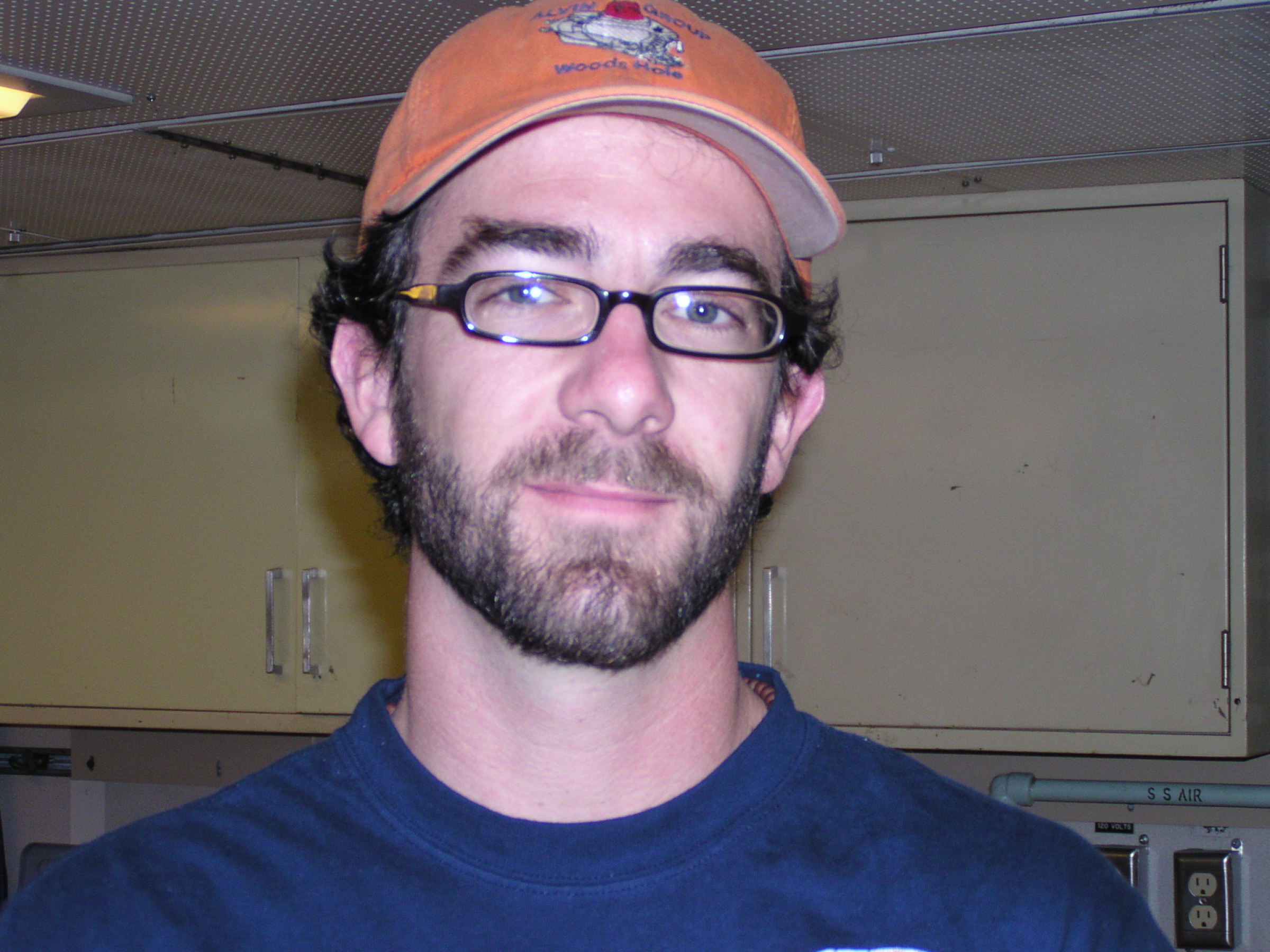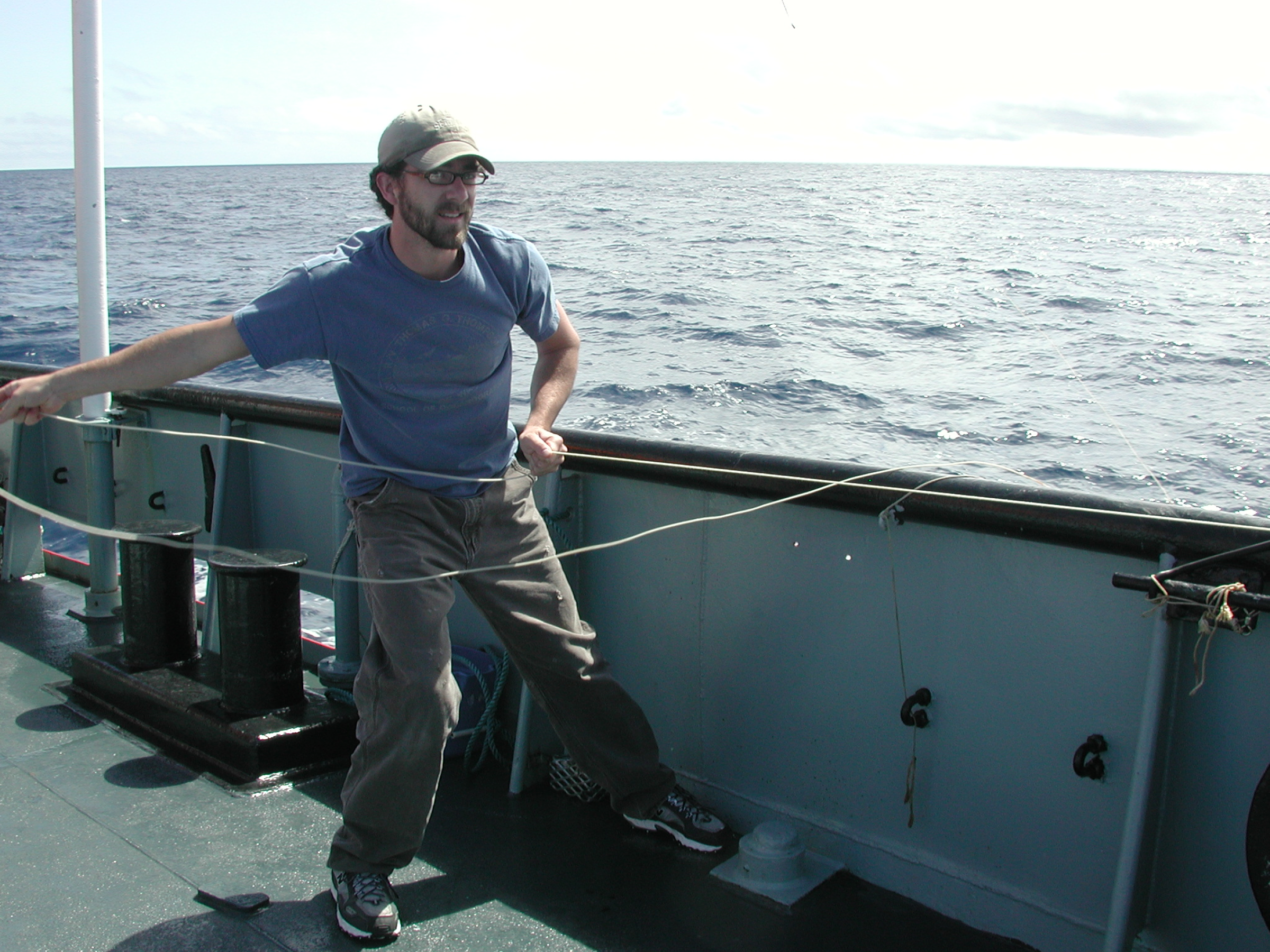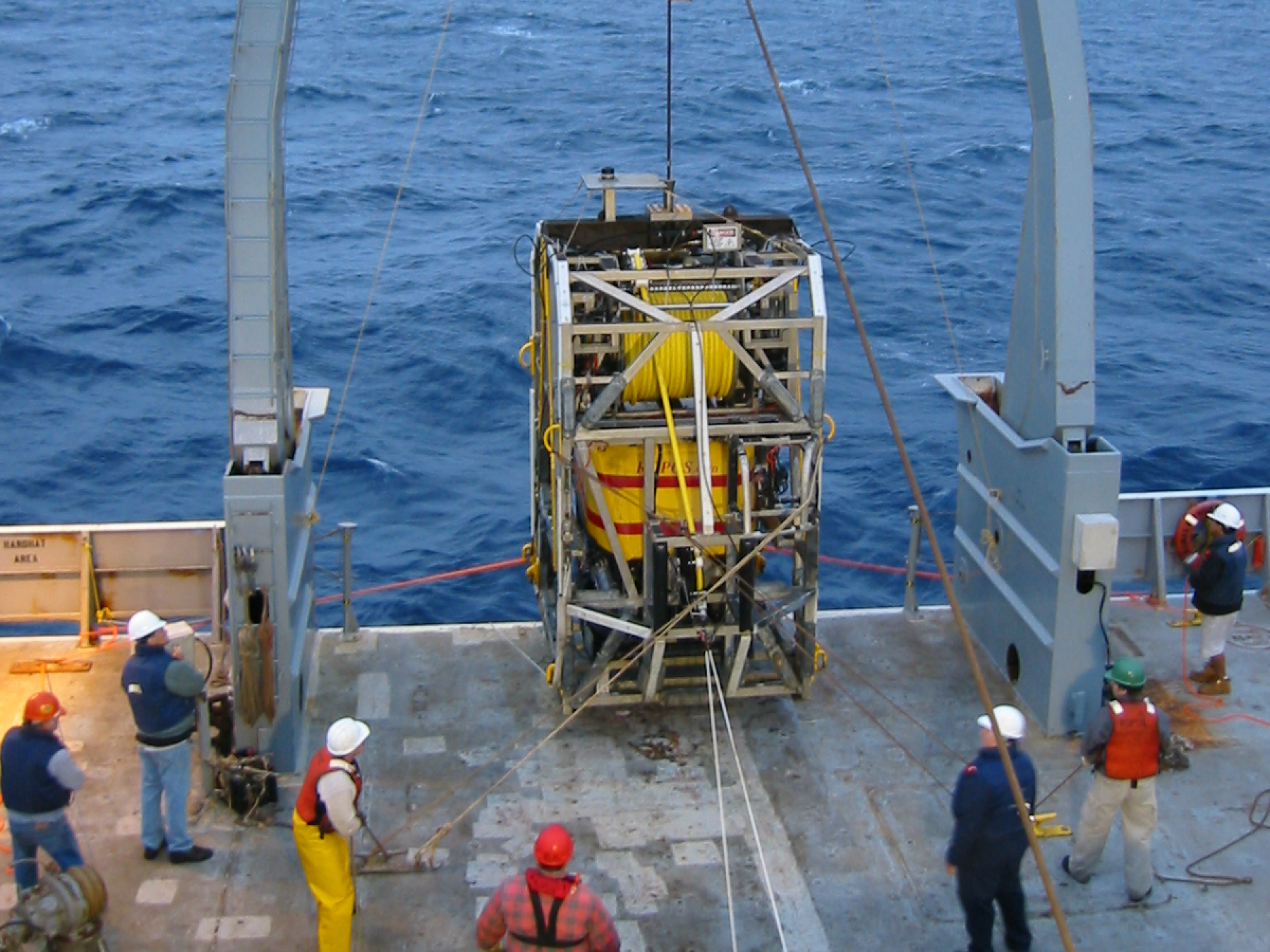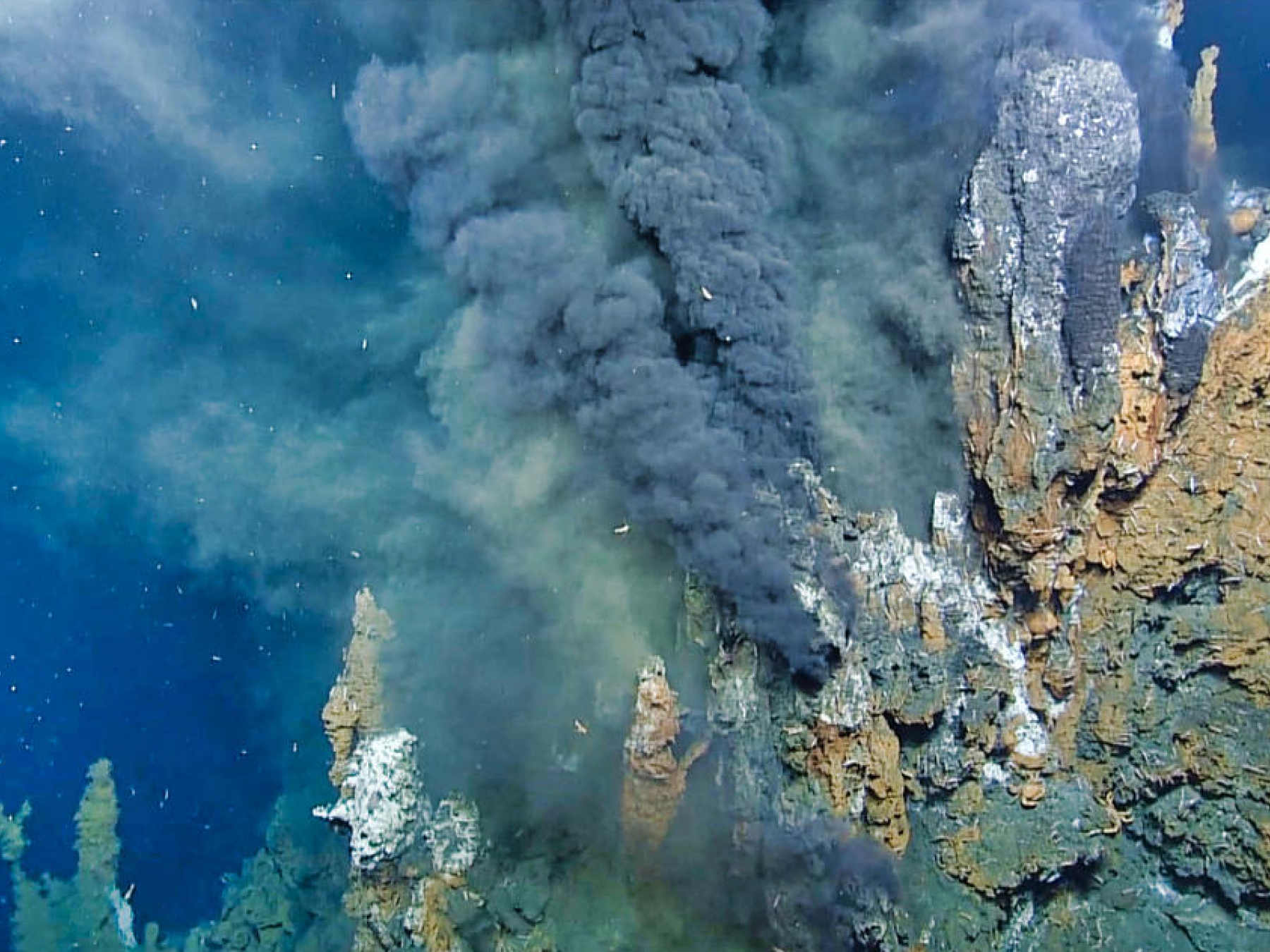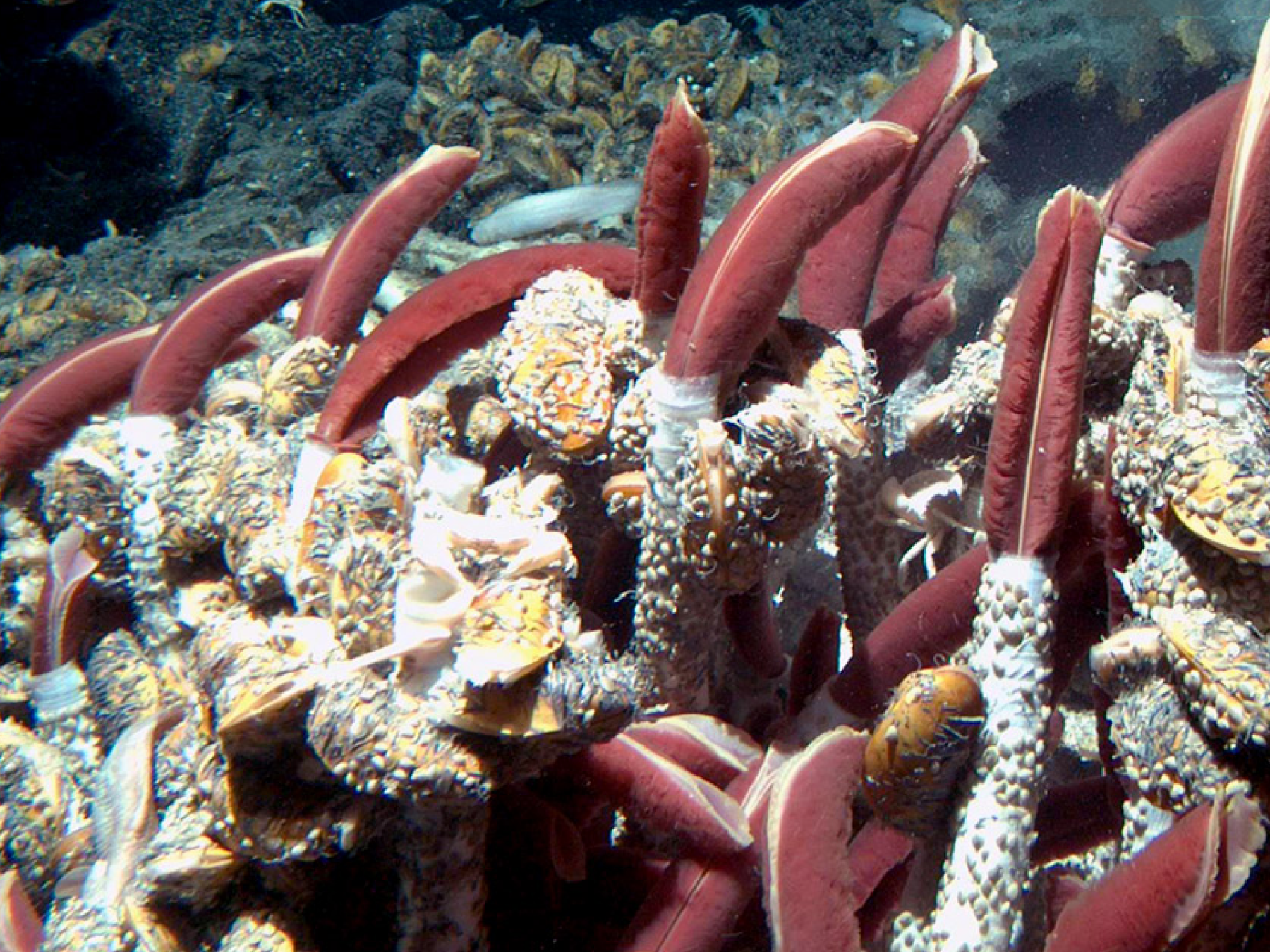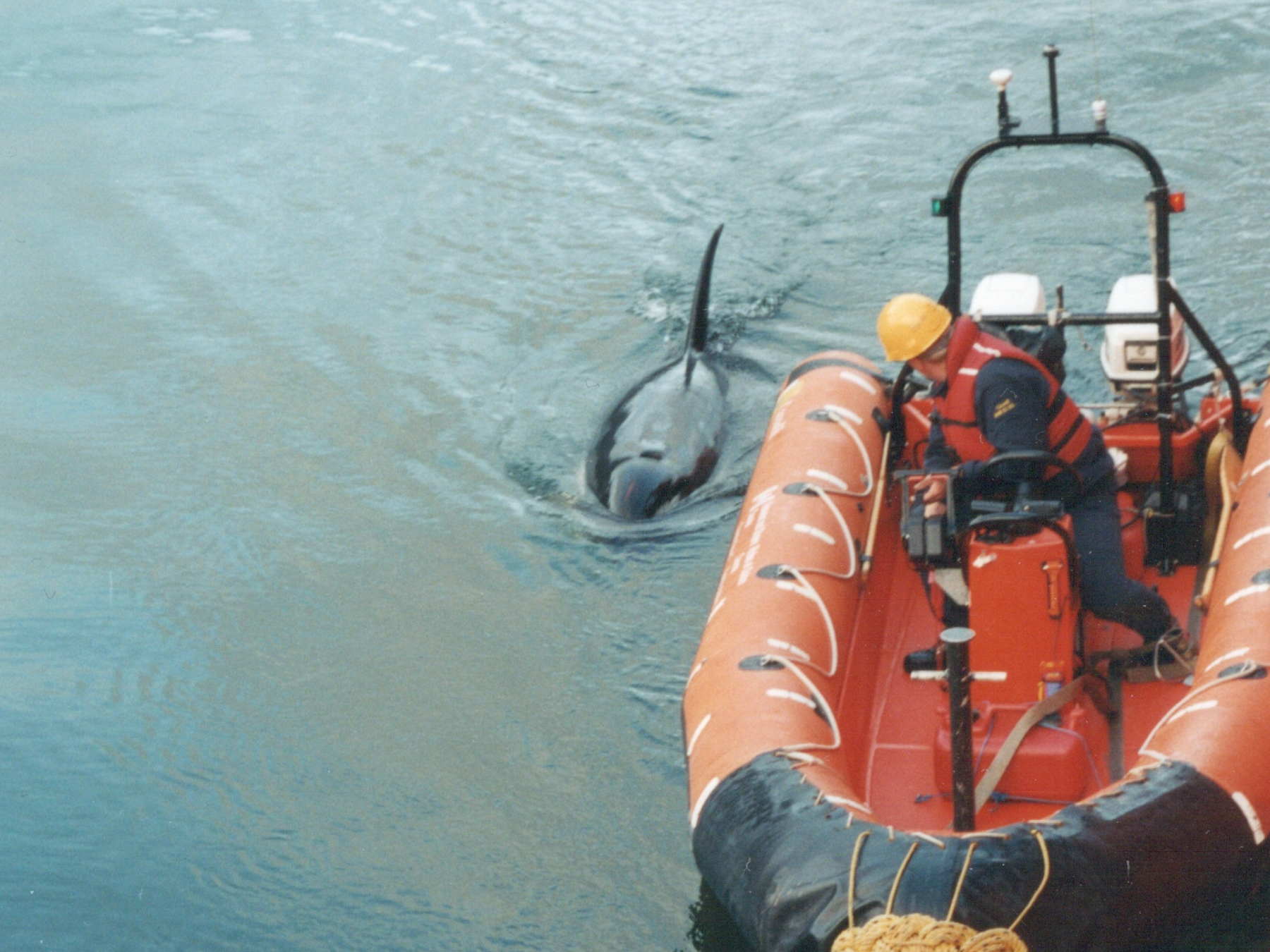Tales of True North: #2 Bill Martin
TRUE NORTHTrue North is what guides everything we do - and don’t do - at REW. It’s an internal compass with our deepest-held beliefs, values and principles at its pole. In these True North Tales, our CREW share the stories that they believe echo what we all stand for.
Goosed by an Orca
No man is an island.
Almost twenty years ago, I found myself playing rhythm guitar with a fiddler and a blues-singing sailor on the back of an American research vessel. We had just finished a three-week cruise and were having an end of cruise barbecue while making our way at a steady 6 knots to rendezvous with the Canadian Coast Guard ship, Tanu. At the time, I was a research scientist studying the chemistry of hydrothermal vents (basically hot springs 1500 metres down on the seafloor) around which you’ll often find whole ecosystems of life.
“Dolphins!” someone called out.
A pod of Pacific White Sided Dolphins were surfing our ship’s bow wave, leaping from the crests into the sea and then coming back around for another go, all the while watching us peer over the railing at them.
Eventually, they swam off, and as an evening sun cast its golden light, small groups of us formed to discuss what we’d learned together. I had boarded that ship as an outsider, yet here I sat with a new family of scientists, students, and crew sharing laughter and purpose amidst an explosion of new ideas as we planned how we would next attempt to unlock the secrets below.
Just like in Titanic. Well, sort of.
“Pull the stick back to go up, just like a plane,” suggested the pilot of the Remotely Operated Vehicle.
I pulled back on the joystick and nothing changed on the screen, but the numbers on the depth gauge started decreasing, telling me that the ROV a thousand metres below the ship was “flying” upwards. It took two-and-a-half hours for the ROV to descend to the seafloor, and nearly four hours to haul it up again, so the pilot would often take a break and let one of the graduate students (or a junior scientist like myself) “drive”.
It was the best way to understand the pilot’s job. And who wouldn’t jump at the chance to fly a robot through the ocean?
A crew of engineers and scientists sat in the control room, a converted shipping container lashed to the ship’s deck. Inside this dimly-lit space, banks of screens and control panels lined a wall in front of a comfortable pilot’s chair. To the right was the science hot-seat. Scientists worked six-hour shifts around the clock either sitting in the hot-seat directing the pilot, or recording observations. Everyone had a part to play and shouldered a share of responsibility for the success of every dive.
I was the newest person in the room. Yet I was included from the moment I stepped aboard.
The next day, while the ROV was hanging from a crane about to be dropped into the water, I noticed a hose dangling from it. The operational costs for these dives are in the tens of thousands of dollars an hour. Every minute delay is literally about a hundred Big Macs worth.
But I didn’t hesitate. I called out, “Halt the dive!”
There were no questions or hesitation. The engineers immediately paused the entire launch operation. I pointed out the disconnected hose, they brought the ROV back in to fix it and we didn’t discuss it any further.
It was absolutely the right call. But, more importantly, I felt that I had the right to make it.
A killer goose from a not-so-killer whale.
After steaming through the wondrous fjords on the West side of Vancouver Island to Tofino, we transferred to shore. This involved climbing down a ladder into a small Zodiac boat whilst remembering to: “Watch out for the orca. And - please - try not to interact with it.”
Pardon me?
As my luck would have it, a young male orca named Luna had decided to hang out in the bay and play with his new human buddies by lovingly bumping into their boats. Now, you have to sit right out on the sides of a Zodiac to keep the weight balanced, meaning that your posterior is only about a foot or so above the water, and that you have a vested interest in scanning for an animal with teeth the size of bananas.
There was never a doubt in my mind that Luna would pick me, and pretty much as we got underway the 3,000kg scallywag came up behind me and goosed me. Yes, I was goosed by a killer whale. Exhilarating? Sure. Terrifying? Absolutely.
There were two things I recall from the rest of that trip. One: I didn’t really have it so bad - the grad student sitting across from me got hit with a full-sized orca sneeze. Two: it’s a shared experience that makes up the stories you’ll tell your grandkids about.
Is there a moral here? Well, never turn hindward towards an orca would be one. But, more relevant to the rest of my somewhat segued career, I learnt that when everyone begins on the same playing field; when everyone is respected for what they bring from the start; when trust is given before it has to be earned - that’s when you are able to create something amazing.
Together.
Bill Martin
Senior Delivery Manager


